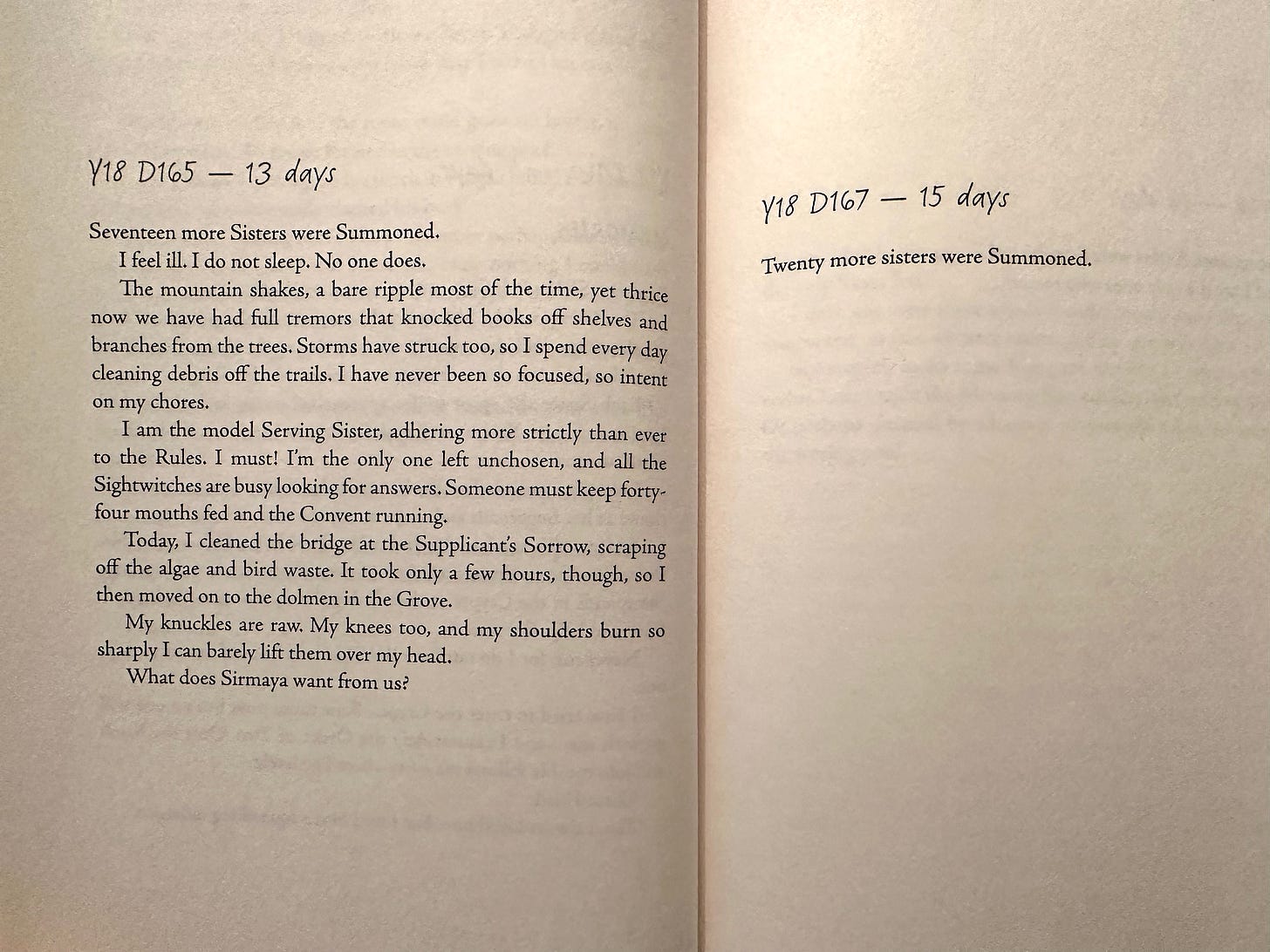How to structure a scene
Some tips to find what works best for you and your current project
@Leslie asked:
Hi Sooz! Thanks so much for all of the honesty and openness that you continue to share. I was wondering what writing a scene looks like for you? I remember seeing an old post about starting with dialogue, but as far as balancing action, dialogue, description, weaving plot points through, etc. how do you look at a scene and consider it “done” for that draft? But also without doing too much in one scene either?
This is quite a question, Leslie, and one on which people have written entire books and teach entire classes. Because what does constitute a scene?
I’ve seen so many definitions myself, and frankly, I don’t agree with many of them. I think a scene can be long, it can be short, it can be nothing but exposition, it can be nothing but action and movement. The character could have a goal; the character could also just be thinking.
In fact, if you’ve read The Luminaries yet, then you’ll know I played with scene f…
Keep reading with a 7-day free trial
Subscribe to Misfits & Daydreamers to keep reading this post and get 7 days of free access to the full post archives.


